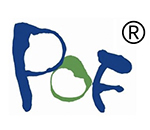Home \ Project News \ They Moved the "The Daily Life of Farmers" into the Preschool
Author: Yang Jiqing, writing officer
Minzhen Village, located in Zhonghe Town, Tengchong City, has been hidden in a local mountain for hundreds of years. In the past, only a preschool class was opened in the borrowed villagers' activity room, and local children would come here to school when they reached school age. Although the school building is a little shabby, it provides children with a happy childhood.
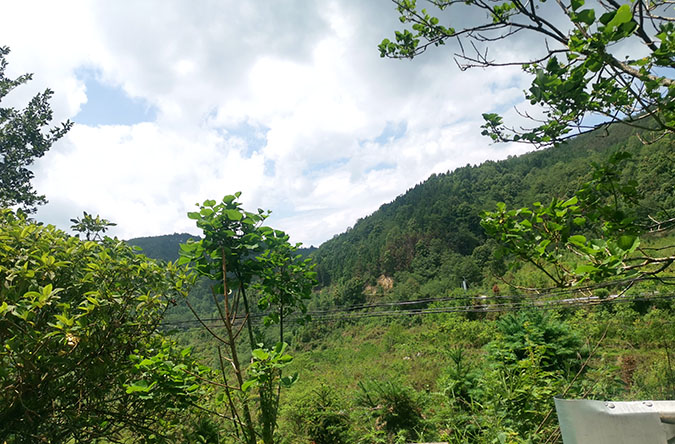

When I came to this village, which lives near the mountain and interlaces with green forests, I have never thought that today's Minzhe Village preschool let me redefine the concept of "rural preschool".
What is a rural preschool? That is, you can see normal life of farmers in the preschool. What you can think of or can't think of are reasonably applied to daily preschool teaching activities.
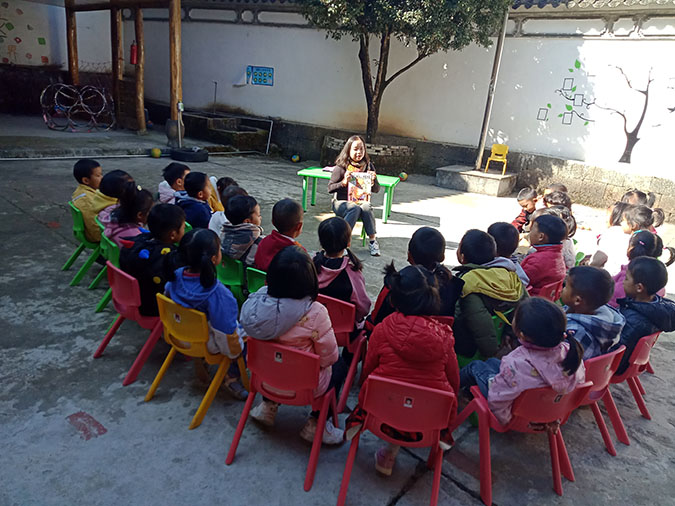
The layout of Minzhen's Villager activity room is consistent with the houses where the villagers live, which is one main room with one wing room on the left and right sides. It is more than enough to be used as the activity sites of the preschool -- "classroom, lunch nap room and corner". There is also a small yard where the children play during recess.
Different from the normal preschool, these appropriate designs seem to be well-designed.
Farmhouse water pool -- an area for the culturing of ornamental fish

I don't know whose idea it was. The teachers decorated the big pool and the small one in one corner of the yard. They fished up water hyacinth from the outside pond and put it in the pool, and then raised a few black and red fish, which added vigor and vitality. The teachers could also bring children to observe the water world on weekdays.
Farmhouse kitchen -- magic kitchen and music restaurant
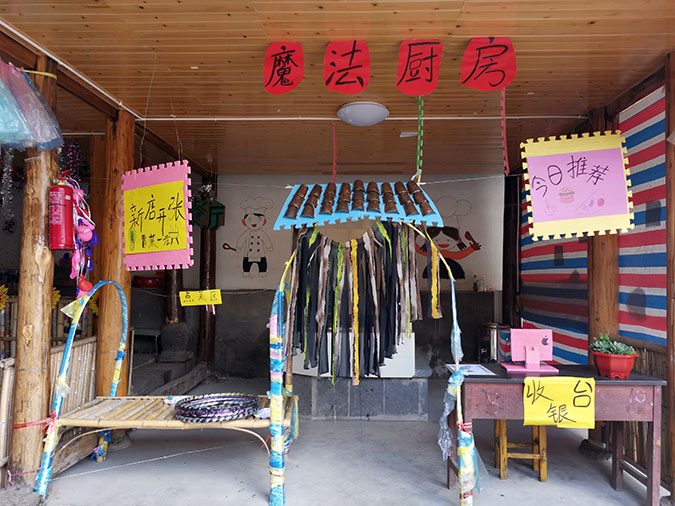
The newly opened storefront, dish recommendation, a simulated cash register -- who opened such a professional and authentic restaurant in the preschool?
In fact, as far as its layout is concerned, this is a real kitchen. If you look carefully, you can find the village-style stove pasted with ceramic tiles in the middle.
The reason why children like to play here most was not the realistic props, but the professional cook standing behind the stove.
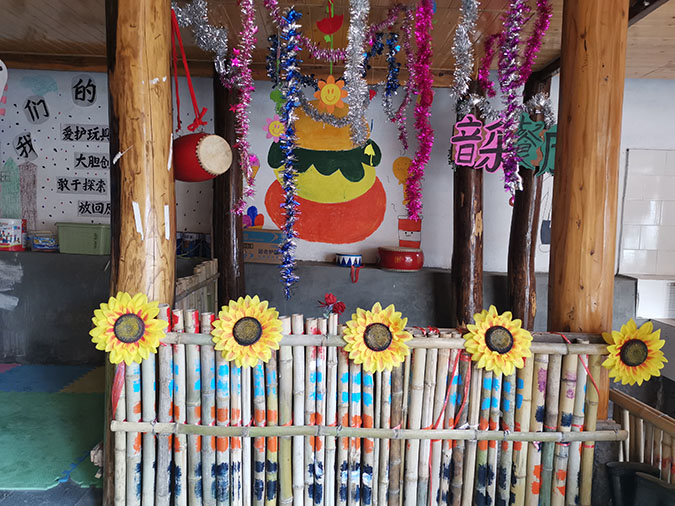
A music restaurant is connected to the kitchen, with sunflowers blooming on the bamboo fences. It is simple, elegant and fancy. Imagine sitting inside for dinner, isn't it pleasant and comfortable?
Farmhouse--classrooms, reading area and construction area
Redecorate the idle house and turn it into a unique, beautiful and warm classroom.
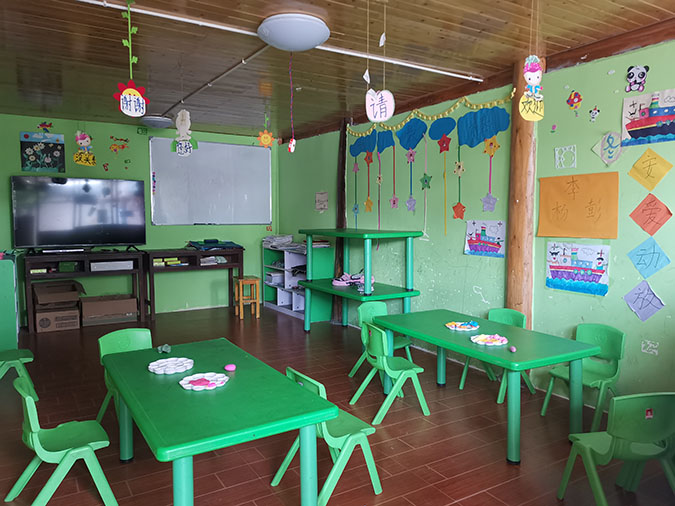
Empty houses can be reasonably applied to the environment creation corners if they are arranged at intervals. The reading area and construction area of Minzhen Village look simple but really practical.
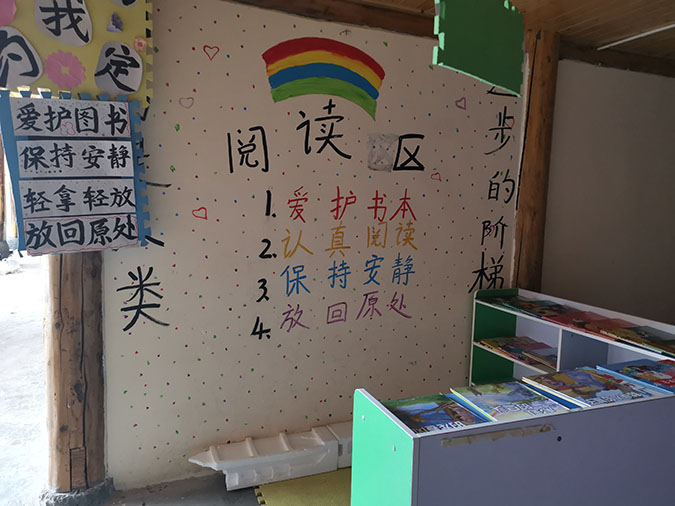
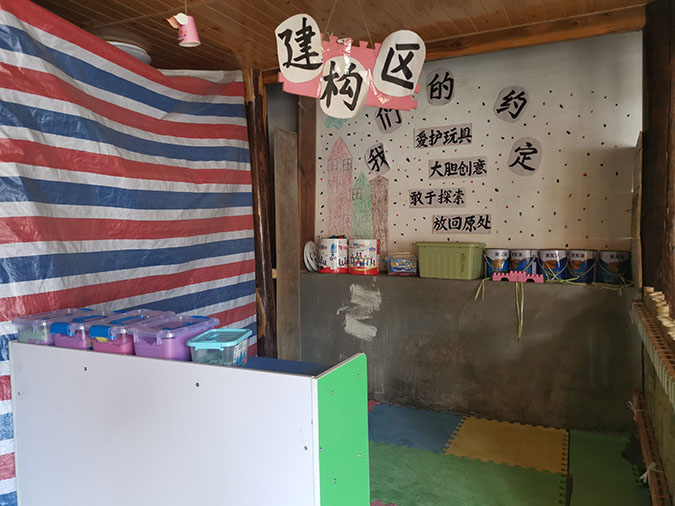
Vacant lot in farmhouse-planting base
In a small vacant lot at the gate, the family might put some pots of orchids or camellia. But with a little bit of innovation, it will be a planting base for children.
Plant a few fleshy plants and sprinkle some vegetables seeds. Soon you can get a garden.
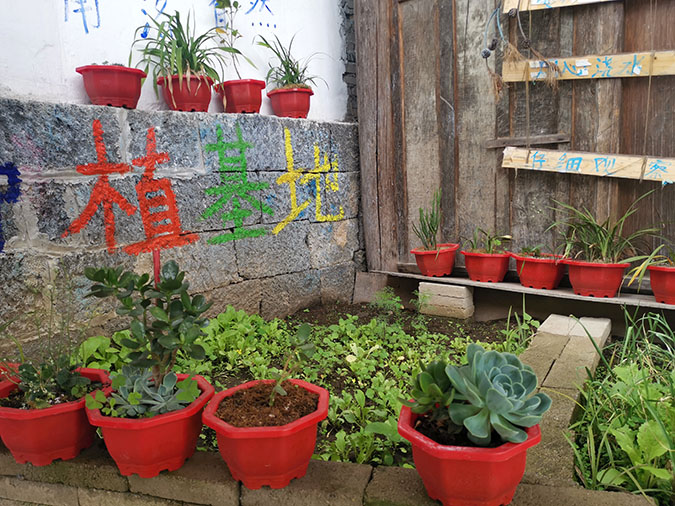
Board, bamboo in farmhouse--playing and teaching aids
Compared with the preschools in the city, the ones in the village do not have abundant playing and teaching aids. But here, the teachers made tricycles and unicycles from the wooden boards and bamboos used for making a fire.
It is much more interesting than cooking with a fire.
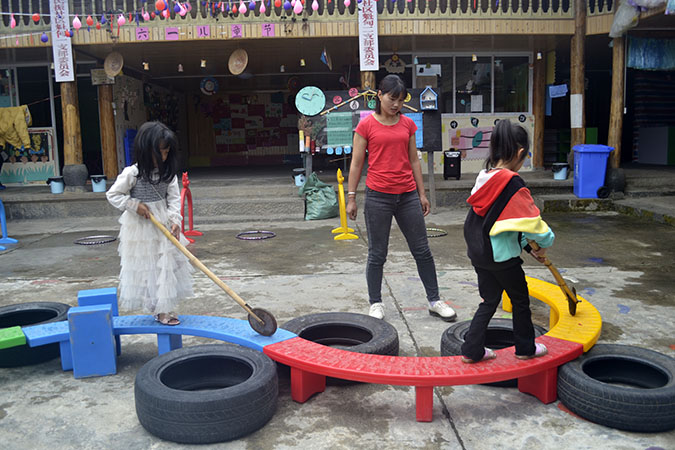
It is said to be a preschool, but the normal life of farmers can be seen everywhere. There are other broken bricks, broken tiles, sand and wood, and you will never believe these parts could be taken here.

It's not only a preschool but also a home. You will love it here at the first sight.
Project introduction:
Funded by Tin Ka Ping Foundation, Project of the Preschool of The Future in Cunjiazhai Village, Tengchong County, taking preschool education as its breakthrough point, renovated idle houses and used them as classrooms to organize non-profit preschools in the village. Parents recruit and train local young people with a junior high school degree or above to become qualified preschool teachers. The curriculum revolves around knowledge of nature, animals, nutrition, health, as well as how to express themselves through art and music. Classes with different ages, ensure children aged 3-6 to make full preparations for primary school. At the same time, the local community was organized to establish a parent committee to participate in the management of the preschool. Through accompanied by preschool teachers and children of the same age, left-behind children can grow up with physical and mental health, narrow the gap of preschool education between rich and poor areas, and break the vicious cycle of intergenerational transmission of poverty.

The project is supported by Tin Ka Ping Foundation.
The article only represents the author's personal views, and is not related to the funder.

